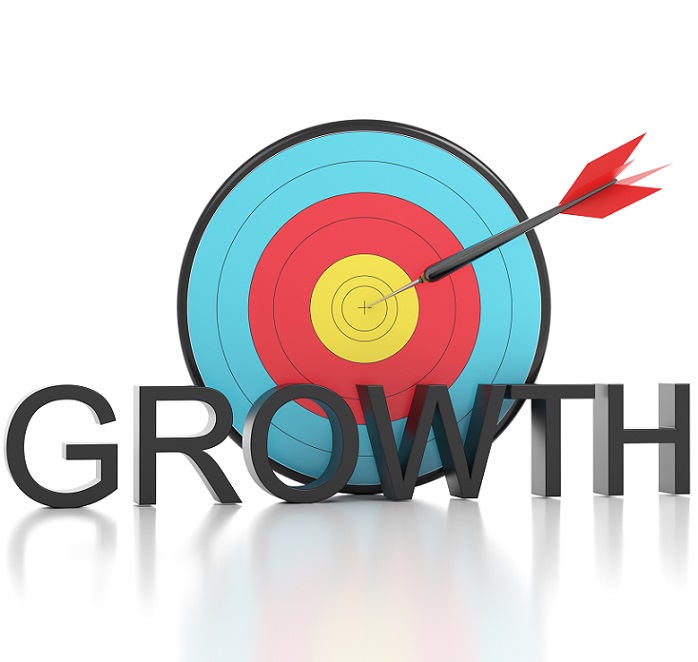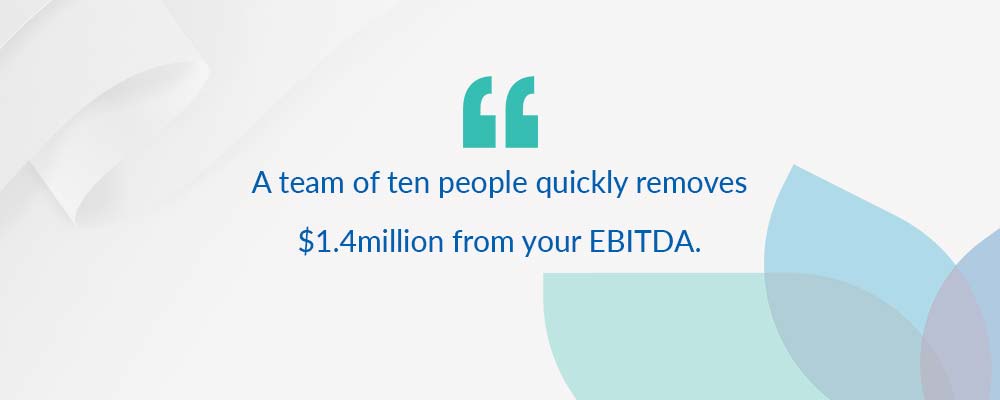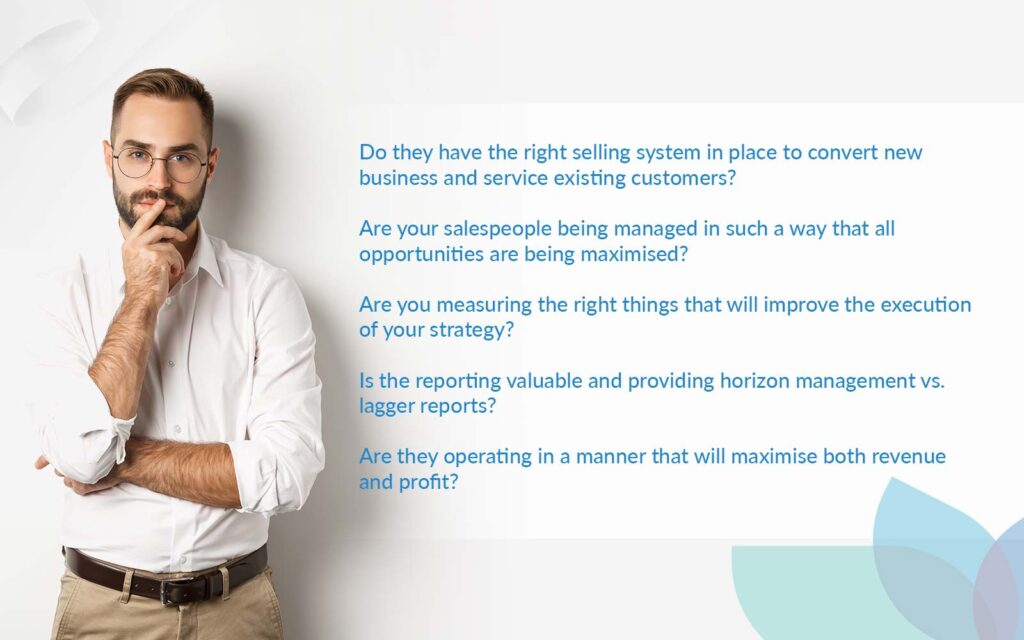Companies are continuously looking for growth but often miscalculate the real cost of sales growth strategies. There are many schools of thought on how to achieve growth and market share. For some companies, acquisitions and mergers are the best routes. For others with less capital available, the growth must be driven from within the business. The emphasis then shifts directly to the sales force and their activities.
For sales force-driven growth a company can achieve growth through the following:
- Growth via Customers: Acquiring new customers for current products and services
- Growth via Products & Services: Offering new products and services to either new or existing customers, cross-selling opportunities
- Growth via Market Expansion: New end markets and market segments
- Growth via Profitability: Margin management, focus on high-margin products and services, cost of sales control, increased ROI
The first three sound simple enough to achieve and are common thoughts for achieving growth. Some would argue that is the day-to-day activity of any salesperson, and it is just expected that those activities are occurring. If that is the case, then why do so many companies not achieve growth?
Understanding salespeople in the sales growth strategy equation
You need to give consideration to the people you are so reliant on to deliver the results, the salespeople. Salespeople have a very strong tendency to visit with the customers they know and talk about the products they know or have a personal preference for. Those sales are made from nice conversations with people they like, and therefore, the salespeople can eliminate any friction or pressure in their day. Their days may be busy with pressure, but they are not faced with the confrontation of closing deals pressure. Often you will hear very favourable reports of their ability to service customers, but the sales gap from goal to actual continues to exist.
A salesperson left unchecked will minimise their customer base to calling on around twenty-five customers on a monthly basis with a few other visits made along the way. There will be isolated cases where that may not be the case, but having reviewed literally hundreds of salespeople, it would be fair to say that is what is typically being experienced in the field. Some companies even promote that as a good way of operating.
The business impact of sales growth strategies
In that thinking, you have allowed your most expensive resource to focus on a small number of customers, increasing the cost of sales for those specific customers. You have allowed the focus of finding the opportunity to slip to a lower priority in other customers and created somewhat of a disconnect with what could be potential sales from other customers if they were cultivated correctly. Quite often, we see companies asking salespeople to report on their top 10-20 customers, only further compounding the problem.
Herein lays the problem.
Only through the application of professional and focused management will salespeople potentially alter performance. Some will just not alter at all, and others take considerable time and effort to manage. The quality and consistency of the management applied can be directly measured through the quality of the performance of the individuals.
So what is the cost of an unmanaged or incorrectly focused salesperson?
The cost of selling products is considered to be at its lowest level when focused on growth via existing customers, either with existing products or new products. If the salesperson is effective in their role, that may well be the case. An unmanaged salesperson, on the other hand, could be costing you tens of thousands of dollars in lost revenue just by not applying the right management to them. Their lack of cultivation of new opportunities within customers, lower calling ratios, calling on top 10-20-30 customers only, and lower productive selling time all create indirect losses for the company. An underperforming salesperson could be costing your company upwards of $144,000 in lost EBITDA per annum. This figure is based on the performance of industrial salespeople with an average of 40% gross margin ascertained through Sales Focus Advisory organisational reviews.
A team of ten people quickly removes $1.4million from your EBITDA.
This is before you even take into account the individual salespeople’s selling capability. Sales capability is tested the most when you are selling to new customers, and a lot can be gained by reviewing performance with new customers. Growth by new products and/or new markets is considered expensive, and it is one of the hardest elements to manage in sales forces.
Why? Selling new customers and new markets tests the quality of the salesperson and their company’s selling systems.
Salespeople are confronted with customers who are not product advocates with established relationships. They are people who are doing their research, evaluating their opportunities, and directly measuring your offer against those of other companies. For companies, if your offer is not right, it is not communicated correctly, the sales process is not aligned with the customer’s buying process, and the selling system does not have them in front of the right people at the right times to close sales, then opportunities are lost.
What action should a CEO take to manage this risk?
It is important to have a very clear understanding of the salespeople’s performance and, importantly, the sales manager’s performance. As a CEO, you need to know the following:
- Do they have the right selling system in place to convert new business and service existing customers?
- Are your salespeople being managed in such a way that all opportunities are being maximised?
- Are you measuring the right things that will improve the execution of your strategy?
- Is the reporting valuable and providing horizon management vs. lagger reports?
- Are they operating in a manner that will maximise both revenue and profit?
To understand how your sales organisation is operating and where improvements can be made, we provide in-depth Sales Improvement Reviews, benchmarking your company against required growth practices and functionality and providing actionable plans to improve the business.
To discuss your specific business situation and sales growth strategies, please contact our office and we can discuss how we may assist you.
If you found this article helpful, follow us on LinkedIn or subscribe to Our Insights on the right-hand column of this page to make sure you don’t miss new posts.
Articles you may also be interested in reading:
- Companies Entering New Markets Successfully
- Finding New Customers to Increase Sales
- Why Sales Force Measurement is Rejected
© Y2012 Sales Focus Advisory All rights reserved.


